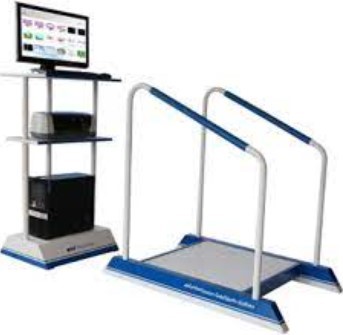The Effects of Task-Centered Programs on Gait in Stroke Patients
Main Article Content
Abstract
Background/Objectives: we evaluated the effects of a real life task-based program on gait of stroke patients with hemiplegia.
Methods/Statistical analysis: Thirty stroke patients participated in this study. Subjects were randomly divided into a task-centered program group(N=15) and a general balance training group (n=15), both of which were applied for 30 minute / a day, thrice a week / 4 weeks. The MTD balance system was used to evaluate weight bearing capacity on the paralyzed side of the patient prior to walking ability, and the Timed Up and Go test (TUG) was used to assess walking ability.
Findings: The task-centered program group showed significant improvement in weight-bearing and walking abilities on the paralyzed side compared to the general balance training group after treatment.
Improvements/Applications: It was found that task-centered programs were helpful in improving weight-bearing and walking ability on the hemiplegic side.

